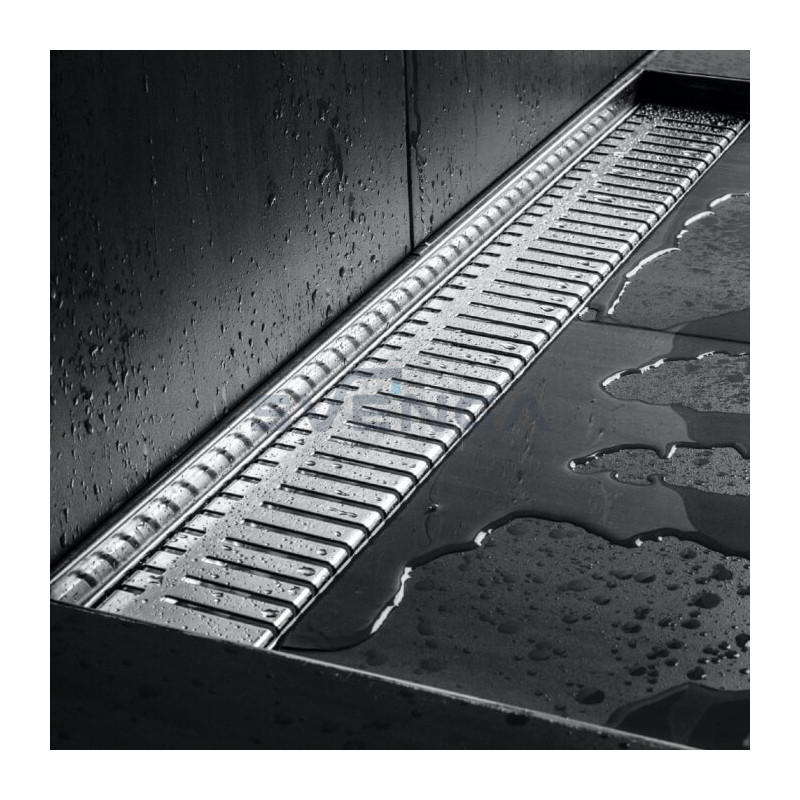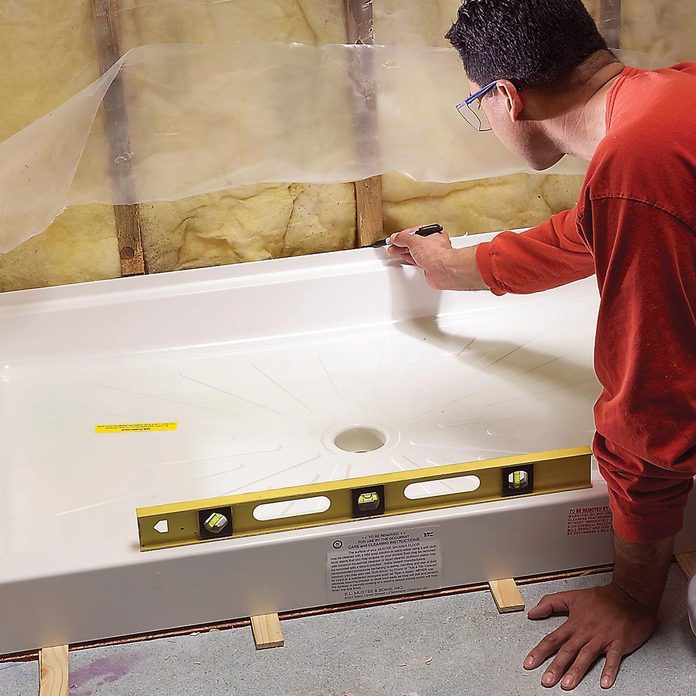Taking Charge-Managing-Overseeing of Shower Drain-Bathroom Drain-Drainage System Installation-Setup-Project Yourself-On Your Own-Independently
Taking Charge-Managing-Overseeing of Shower Drain-Bathroom Drain-Drainage System Installation-Setup-Project Yourself-On Your Own-Independently
Blog Article
Do you find yourself trying to locate information on How to Choose the Best Drain for Your Shower?

Upgrading a shower room is just one of the much more prominent residence enhancement projects. Dealing with the plumbing for draining your shower can be exceptionally simple unless you overdo it.
Managing Your Own Shower Drain Setup Job
Whether you are a bath tub or shower individual, the majority of people look for shower just options when getting a house. This simple truth suggests more than a few house owners invest a weekend upgrading or setting up showers in their washrooms. Fortunately for you, it is a fairly straightforward process.
A collector or pan refers to the straight surface situated at the end of the shower. The enthusiast commonly consists of a non-slip surface slightly banked towards the center or wherever the drain is located. Combined with three to four inch walls around the side, the goal of your shower drain plumbing is to get the water to stream to as well as away.
You can literally develop an enthusiast for your brand-new shower, yet you actually require to think of it. Do you actually intend to get involved in the issues of obtaining the sloping right, and also making certain every element of it is water resistant? As well as I imply every aspect! It is a lot easier to merely get a pre-cast collection agency online or at your regional Lowes, House Depot or hardware shop. Structure one may sound like an excellent idea, but you will possibly really feel in different ways after a number of hours.
Regardless of just how you set about getting a pan, you need to make every effort to use one that has the drainpipe situated in the same place as the initial pan. Moving the drainpipe pipes can be a task, specifically if the home builder utilized an unique framework framework. If you are identified to relocate the drainpipe, you are going to need to cut down the pipe or extend it, which may suggest ripping up huge pieces of the floor. Rephrase, you are going to be considering a several weekend task.
Presuming we have our drainpipe lined up, the real attach is fairly basic. The drainage pipeline ought to be encountering vertical approximately the collection agency. It will commonly look like a "U", which indicates it acts as a cleanout to keep unpleasant smells from returning up from the drain. To link the drain, you are going to create a water tight link between a drainpipe cap on the top of the pan as well as the water drainage pipe. Equipments vary, however you are typically going to do this by placing a coupling piece on the top of the water drainage pipe. This is after that covered with gaskets and actually screwed right into the drainpipe cap. The drain cap must act as a locknut, to wit, it screws directly onto the combining.
The tricky part of this process is getting your drain cap to suit a watertight setting in the frying pan. This is accomplished by withdrawing the drainpipe cap once you are sure whatever meshes. Then, you put plumbing technicians putty around the bottom of the cap and then screw it back on. The putty ought to develop a limited seal in between the cap and the shower pan, which maintains water from flowing under it and also right into the framing under the shower.
Certainly, shower room showers can be found in a wide variety of designs these days. If you purchase a collector, they usually included plumbing directions or the shop can note anything unusual you ought to understand. It seems complicated, however is normally rather easy. Have fun!
Tips for Installing a Shower Drain Assembly
Renovating a bathroom can be exciting as well as fulfilling if you’re tackling the job DIY-style. After you cross off the bigger decisions such as tile style, paint colors, and fixtures, you’ll need to finalize smaller details – such as the shower drain. In this article, we’re sharing some tips for selecting and installing the right drain assembly for your updated shower.
What is a shower drain assembly?
Shower bases or pans typically only come with a pre-drilled drain hole. Since the pan slopes toward the drain, you should consider the placement – left, center, or right – when designing your shower. You’ll need to purchase and install a shower drain assembly that connects the shower pan to the drain pipe underneath the shower. There are a few types of assemblies, which will be covered below.
Size of a shower drain
When it comes to installing drains, size matters. The recommended pipe size for a shower drain is 2 inches, whereas most tubs use 1.5-inch pipes. Why the difference?
Shower pans are shallower than tubs, so there’s a higher risk for overflow. So, the larger pipe allows for quicker draining. If you are replacing an old tub with a newer stand-up shower, you will need to make additional plumbing adjustments to accommodate the 2-inch pipe.
Types of shower drain assemblies
There are three common types of shower drain assemblies: compression shower drain, solvent-glue shower drain, and tile shower drain. The layout, design, and materials of your shower can determine which type of shower drain assembly will work best.
Compression shower drain
This type of assembly attaches to the drain pipe with compression washers and nuts. The drain fitting is typically installed into the base, and then the base is installed into the bathroom floor. This makes compression-style drains easier to install than other options, particularly if you don’t have easy access from the floor under the shower base. Drains are available in a wide range of materials such as PVC (polyvinyl chloride), ABS (Acrylonitrile Butadiene Styrene), and brass, and can be used for acrylic, fiberglass, and steel shower bases.
Solvent-glued shower drain
Made of either polyvinyl or ABS, this type of shower drain is sealed to the drain pipe with solvent glue and silicone. Since you’ll be working underneath the drain pan, we only recommend using this type of drain if you have access under the shower, such as from a basement or crawlspace. It’s also important that you match the type of plastic of the drain with the drainpipe. If you take these precautions, you can install a solvent-glued drain assembly with acrylic, fiberglass, and steel shower bases.
Tile shower drain –
Drain assemblies for custom tile showers feature a waterproof membrane liner placed between two flanges. The tile is installed on top of the liner, collecting any water that seeps through the porous grout. A metal strainer is installed in line with the tile over the drain.
https://www.epshawaii.com/blog/tips-for-installing-a-shower-drain-assembly/

Do you really like reading about Easy Shower Drain Installation Tips? Place a remark further down. We will be pleased to know your feelings about this blog posting. We are looking forward that you visit us again in the near future. Sharing is nice. Helping people is fun. Thanks so much for your time spent reading it.
Report this page